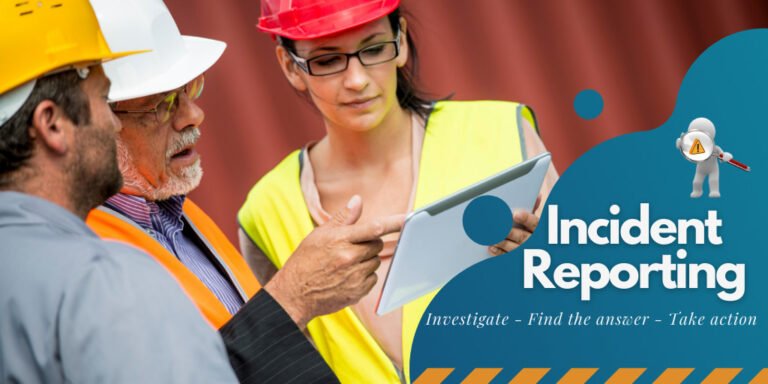Welding and Hot Work Safety – 12 Modules | One Day USD: 150/- and Two Day USD: 250/- Per Pax.
Description
Module 1: Introduction to Welding and Hot Work Safety
- Definition of hot work (welding, cutting, grinding, brazing, soldering)
- Importance of controlling fire and explosion risks
- Relevant standards: OSHA 29 CFR 1910 Subpart Q, NFPA 51B, ISO 3834
Module 2: Types of Welding and Hot Work Processes
- Arc welding, gas welding, TIG/MIG, cutting, and grinding
- Equipment overview and safe operation basics
- Job-specific hazards for each process
Module 3: Common Hazards in Welding and Hot Work
- Fire and explosion hazards
- Electric shock, burns, UV/IR radiation, and fumes
- Confined space and oxygen deficiency risks
Module 4: Hot Work Permit System
- Purpose and importance of hot work permits
- Step-by-step permit procedure
- Roles and responsibilities of permit issuer and holder
Module 5: Fire Prevention and Control
- Identification of combustible materials
- Safe distances, fire watches, and spark containment
- Fire extinguishers and emergency readiness
Module 6: Ventilation and Fume Control
- Hazards of welding fumes and gases
- Local exhaust ventilation (LEV) systems
- Respiratory protection and air monitoring
Module 7: Electrical and Gas Safety in Welding
- Proper grounding and insulation
- Handling gas cylinders safely (storage, transport, labeling)
- Leak testing and valve operation procedures
Module 8: Personal Protective Equipment (PPE)
- Welding helmets, face shields, gloves, aprons, and boots
- Flame-resistant clothing and hearing protection
- PPE maintenance and inspection
Module 9: Safe Work Practices and Housekeeping
- Pre-job inspection and area preparation
- Safe handling of hot materials and tools
- Preventing trip hazards and clutter in work areas
Module 10: Working in Confined or Elevated Areas
- Special precautions for tanks, vessels, or scaffolds
- Atmospheric testing and ventilation requirements
- Use of standby personnel and rescue readiness
Module 11: Emergency Response and Incident Management
- Immediate actions during fire, burns, or explosion
- First aid for electrical shock and fume inhalation
- Reporting, investigation, and corrective actions
Module 12: Training, Supervision, and Continuous Improvement
- Training requirements for welders and hot work personnel
- Supervisor’s role in permit control and monitoring
- Continuous improvement through audits and lessons learned
View more Courses
Hi, Welcome back!




